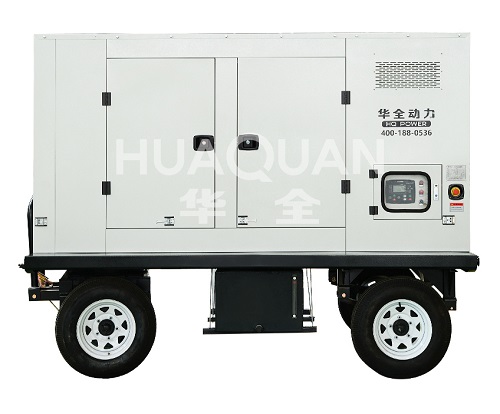
The trucking industry, a backbone of global logistics, is at a crossroads. As environmental concerns escalate and fuel costs fluctuate, traditional diesel-powered generators are being challenged by cleaner, more efficient alternatives. The future of truck generators lies in hybridization and full electrification, driven by technological innovation, regulatory pressures, and shifting market demands. Here’s a closer look at these trends:
1. Hybrid Trucks: A Bridge to Sustainability
Hybrid trucks combine conventional internal combustion engines (ICE) with electric motors and batteries, optimizing power usage for different driving conditions.
Key Advantages:
Fuel Efficiency: Electric motors assist during acceleration and regenerative braking captures energy, reducing diesel consumption by 10–30%.
Lower Emissions: Hybrid systems decrease tailpipe pollutants, especially in stop-and-go traffic.
Cost Savings: Reduced fuel costs and extended engine life offset higher upfront prices.
Challenges:
Complexity: Hybrid systems add maintenance requirements and repair costs.
Weight Penalty: Batteries and motors increase payload restrictions.
Applications: Ideal for urban delivery trucks, garbage trucks, and vocational vehicles with frequent stops.
2. Fully Electric Trucks: Zero-Emission Revolution
Battery-electric trucks (BETs) eliminate tailpipe emissions entirely, relying on electric motors powered by lithium-ion batteries.
Key Advantages:
Environmental Impact: Zero exhaust pollutants, reducing smog and greenhouse gases.
Lower Operating Costs: Electricity is cheaper than diesel in many regions, and maintenance is simpler (no oil changes, fewer moving parts).
Quiet Operation: Enhances driver comfort and reduces noise pollution in cities.
Challenges:
Range Anxiety: Current batteries offer 200–400 miles per charge, insufficient for long-haul routes.
Charging Infrastructure: Slow charging times (1–2 hours for 80% capacity) and sparse charging stations limit adoption.
Upfront Costs: BETs are 2–3x more expensive than diesel trucks, though incentives and economies of scale are narrowing the gap.
Applications: Short-haul freight, port drayage, and last-mile delivery in urban areas.
3. Technological Innovations Shaping the Future
Battery Advancements: Solid-state batteries promise higher energy density, faster charging, and lower costs.
Hydrogen Fuel Cells: For heavy-duty trucks, fuel cells offer longer ranges (500+ miles) and rapid refueling, though infrastructure development lags.
Autonomous Driving: Electric trucks are well-suited for automation, further reducing operational costs and emissions.
Conclusion:
The future of truck generators is electric, but hybrids will play a critical role in the transition. As technology evolves and infrastructure expands, the trucking industry will move toward cleaner, quieter, and more sustainable operations. For fleet operators, embracing this shift isn’t just environmentally responsible—it’s increasingly becoming a business imperative.
For more information, please follow: http://www.huaquan168.com/
